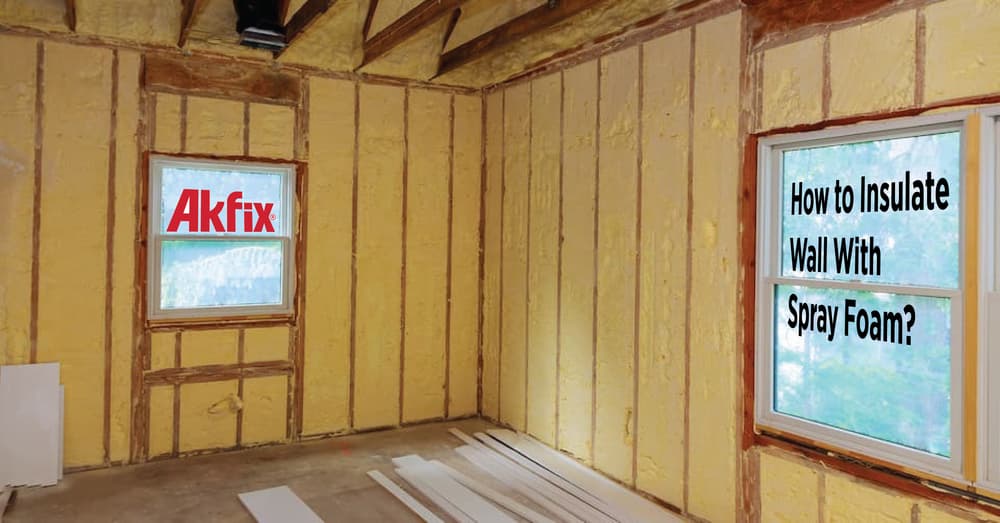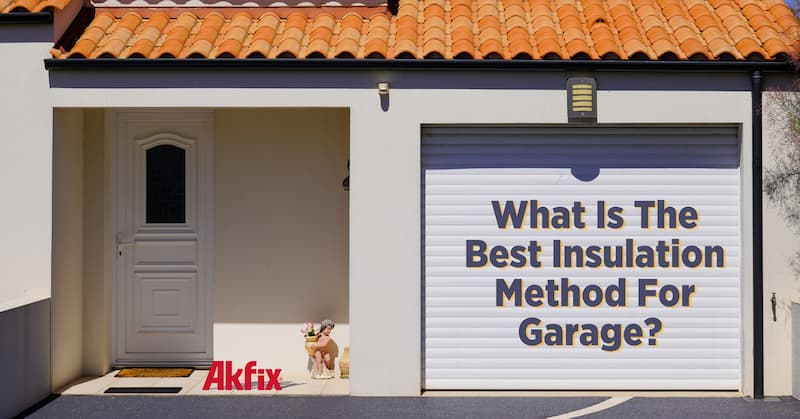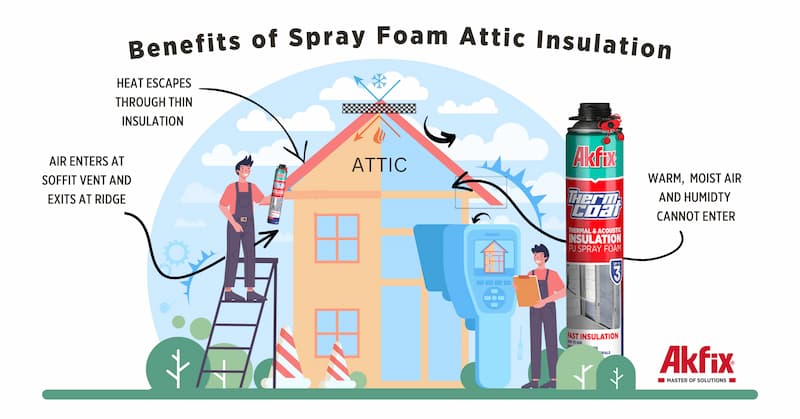Do you experience hot or cold walls in your home? Walls are meant to provide comfort when indoors by preventing heat transfer between the surrounding environment and your home. According to The Construction of Buildings (book by Robin Barry), fibrous or cellular materials act as good insulators.
Many homeowners find it difficult to decide what type of insulation to use, how much insulation is required, and how to insulate their walls. As we move forward in this article, we will talk about the benefits of using spray foam for wall insulation, DIY procedures on how to insulate walls, and also installation costs.
How Should You Decide How Much Insulation To Install?
The amount of energy cost that can be saved determines how much wall insulation is to be installed. For instance, more insulation should be installed when the energy costs are higher in your location.
Other factors like R-value, location and climate zones also determine how much insulation is required for your walls. The US Department of Energy climate zones Chart is recommended to know the right R-value for your location.
How Can I Insulate My Existing Walls?
To insulate existing walls, you have to drill holes into the studs of the wall and apply spray foam to fill the walls. Then, apply the finishing touches to the walls to make them uniform.
What if you have drywall or wooden walls? Wall insulation without removing drywall can be achieved using the same process above.
Brick walls, and internal and external wall insulation are different and more complicated than the others. The first step is to divide the walls into three different sections. Then, the mortar joint and not the wall itself is drilled with three ¼ holes at the middle section of the wall. Tubes are passed into the drilled holes in order to fill the wall with foam insulation.

What Are The Benefits of Spray Foam Wall Insulation?
There are various wall insulation options to choose from, like fiberglass insulation, wall insulation with plasterboard, cellulose insulation, wall insulation with foil, wall insulation with concrete, wall insulation with asbestos, and spray foam insulation.
Wall insulation for bathrooms, wall insulation for garages, wall insulation for metal buildings, wall insulation for sound, etc, are some of the different reasons homeowners insulate their homes.
The benefits of spray foam insulation over other insulation methods cannot be overemphasized. Spray foam wall insulation provides comfort and energy efficiency, and it is also ideal for wall insulation old house and new houses. Some of the benefits of Spray foam Insulation include:
Environmental Safety
Spray polyurethane foam is considered environmentally safe when it has ‘cured’ properly. ‘Curing’ process of Spray polyurethane foam simply means the isocyanate and polyol resin which are the chemical products that react to produce polyurethane foam. Successful curing can be achieved by diligently following the DIY process or with the services of a professional.
In different weather conditions, spray foam wall insulation retains its R-value. In other words, spray foam does not break down into toxic ducts which makes the right insulation for a green home.
Resistance to Mold
Wall insulation without vapor barrier or moisture barrier makes it possible for living microorganisms to survive in it. Spray foam does not contain bacteria that mold can live off and this makes them resistant to mold. Spray foam is also water resistant because of its cell structure. Absence of bacteria and moisture in walls, asbestos maintains the stability of the building. Both types of spray foam insulation help create wall insulation with vapor barrier.
The Same R-Value Over Time
Wall insulation with highest R-value is the spray foam insulation with closed-cell spray foam insulation offering up to R7 per inch. Also, it maintains its R-value and U-value over time. U-value is a measure of the transfer of heat of a structure per unit difference in temperature across the structure. A low U-value means good insulation.
Saves Cost
If you ever feel like you are spending a lot on energy bills, then you need to insulate your home. Spray foam insulation saves the cost of energy by reducing energy consumption by the HVAC system.
Can I Do My Own Wall Insulation?
Every homeowner can successfully carry out wall insulation installation by following the right guidelines. Home insulation is necessary for every home but many people tend to ignore it because of the installation cost. Professional installers are expensive but taking the challenge as a DIY project and following wall insulation installation instructions saves a lot of costs. You can watch how to carry out wall insulation DIY with this video.
How Much Does Wall Insulation Cost With Spray Closed-Cell Spray Foam?
Without proper insulation, energy bills can be outrageous. Wall insulation helps save energy bills in the home. Wall insulation types include fiberglass insulation, cellulose insulation, and spray foam insulation.
One important fact to consider when the right wall insulation type is R-value because a high R-value depicts high resistance to heat transfer. Closed-cell spray foam insulation is a type of spray foam insulation and offers the highest R-value of the different wall insulation types mentioned.
Average Wall Insulation Cost

2x4 and 2x6 wall construction are used in building residential houses. For 2x4 walls that are 3.5 inches thick, an R-value of 13 to 15 can be achieved while an R-value of 19 to 21 for 2x6 walls with a thickness of 5.5 inches.
For closed cell spray foam, the average material cost of insulating a wall per square foot for 2x4 walls is $1.07 to $1.28. For 2x6 walls, it cost $1.42 to $1.71.
To estimate the cost of wall insulation for 2x4 walls with a thickness of 3.5 inches, multiply the thickness of the wall by the area of the wall. Then multiply by the cost of insulation per square foot. A 100sq foot wall cost an average of $374 to $450 to achieve an R-value of 13 to 15 respectively.
FAQs About Wall Insulation
How Often Should Wall Insulation Be Replaced?
Another significant benefit of spray foam insulation over other types of insulation is durability. Under normal circumstances, wall insulation spray foam can last more than 80 years, with closed-cell spray foam insulation having more durability than Open-cell spray foam insulation. Therefore, replacing spray foam insulation after a while is not necessary as it can last up to a lifetime.
What Happens If Your Walls Are Not Insulated?
When walls are not insulated, it means the walls have poor resistance to heat transfer. Also, it causes discomfort within the walls of the home and high energy consumption. Wall insulation from cold and heat is one of the major reasons why insulation is necessary.
Is Wall Insulation Soundproof?
Noise reduction is another benefit of insulation. Sound from the surrounding environment can be reduced by insulating the walls of the building. Fiberglass insulation is the most effective insulation method used for wall insulation soundproof.



